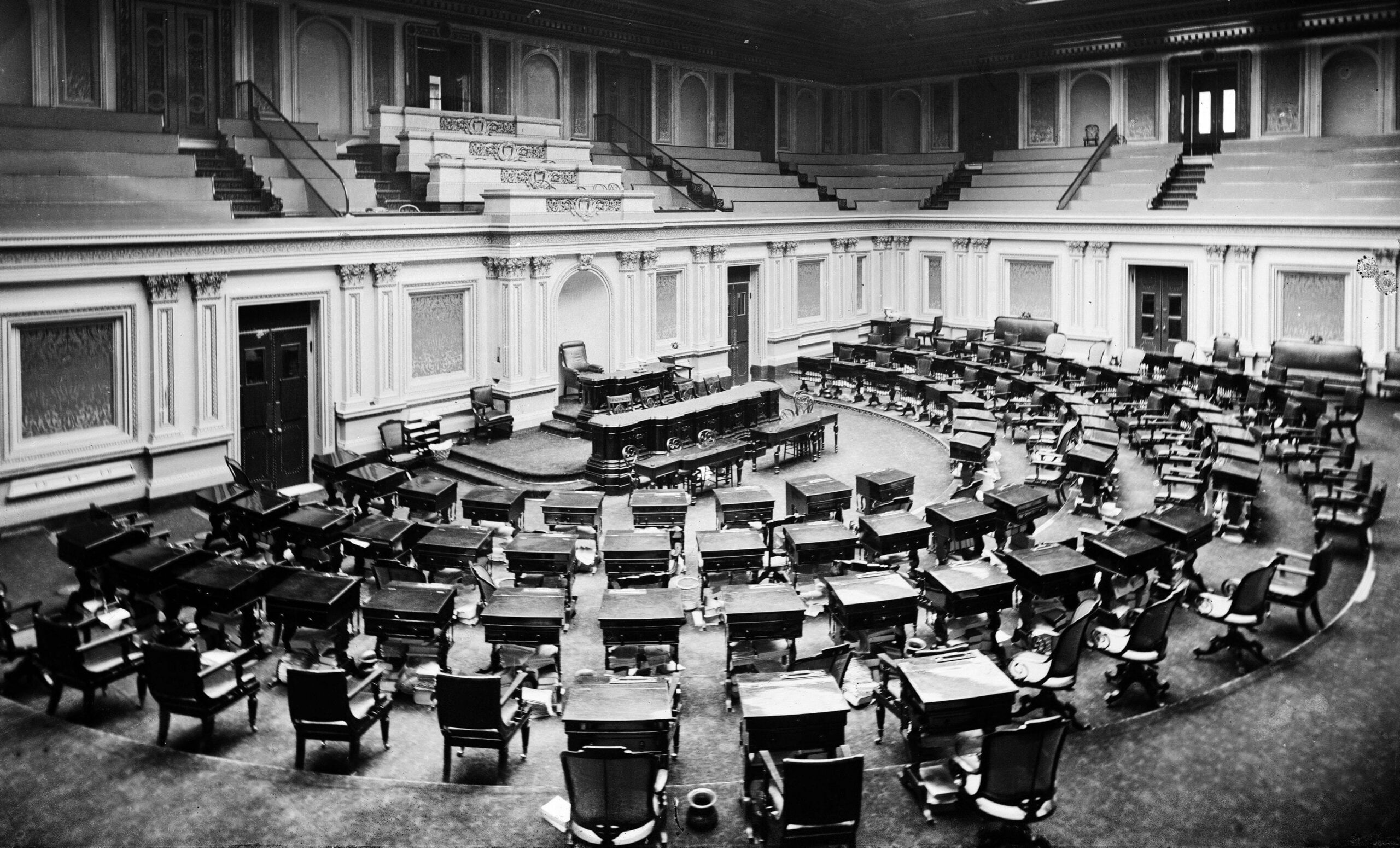

At length a Convention of the states has been assembled they have formed a constitution which will now, probably, be submitted to the people to ratify or reject, who are the fountain of all power, to whom alone it of right belongs to make or unmake constitutions, or forms of government, at their pleasure. Various expedients have been proposed to remedy these evils, but none have succeeded. We have felt the feebleness of the ties by which these United-States are held together, and the want of sufficient energy in our present confederation, to manage, in some instances, our general concerns.

How are the concerns raised by Brutus reflected in those raised by conservative critics of the New Deal in Volume 2, Chapter 22? How might the legacy of this document have affected Anti-Federalists’ responses to the Constitution?Ĭ. Consider Joseph Galloway’s Plan of Union (Chapter 5) in light of the debate over ratification. How do the various authors conceive of the relationship between the people and the power(s) of the state and federal governments? What did the opponents of the Constitution fear would be lost if it was adopted? What did its supporters fear would be lost if it was not adopted? How did each side respond to the considerations raised by the other? What are the potential problems and advantages of a large republic? How do Thomas Jefferson and James Madison envision a Bill of Rights will work to mitigate the potential threats to liberty presented by the new system?ī. Thomas Jefferson and James Madison, “If we cannot secure all our rights, let us secure what we can,” October 1788–March 1789Ī.

(Robert Yates), Brutus 1, October 18, 1787ī.Publius (James Madison), Federalist 10, November 22, 1787Ĭ. Explicit protections for individual rights against the power of the new federal government would, they argued, work to mitigate any tendencies towards consolidation and tyranny the new system of government might have.ĭocuments in this chapter are available separately by following the hyperlinks below:Ī. Federalist 10 (Document B) considers this important political question of the relationship between liberty and faction, observing that insofar as men are free, they are liable to adopt different opinions and interests that put them into conflict with one another.Įven the proponents of the Constitution did not find the system flawless: among others, Thomas Jefferson and James Madison (Document C) shared Anti-Federalists’ concerns about the lack of a Bill of Rights in the draft presented to the states for ratification. The ratification debates opened up an ongoing reflection on the regional differences between the various member states of the Union that would not be resolved until well after the Civil War. And related to that: could the people of the United States maintain their freedom under such a powerful national government, without the intervening layers of accountability and representation? These concerns dominated the exchange between the two factions, and, as Robert Yates pointed out in Brutus I (Document A), they were fundamental to the discussion of any other features of the plan. Among the many points of contention, the most fundamental issue was whether or not the more energetic national government proposed by the Constitution would (either immediately or eventually) subsume the state governments. Newspapers ran editorial essays by both proponents of the new system (who became known as Federalists) and those who opposed it for various reasons (who became known as Anti-Federalists). After the Constitution was presented to the states for ratification in September 1787, a widespread period of public debate over the merits of the plan began.


 0 kommentar(er)
0 kommentar(er)
